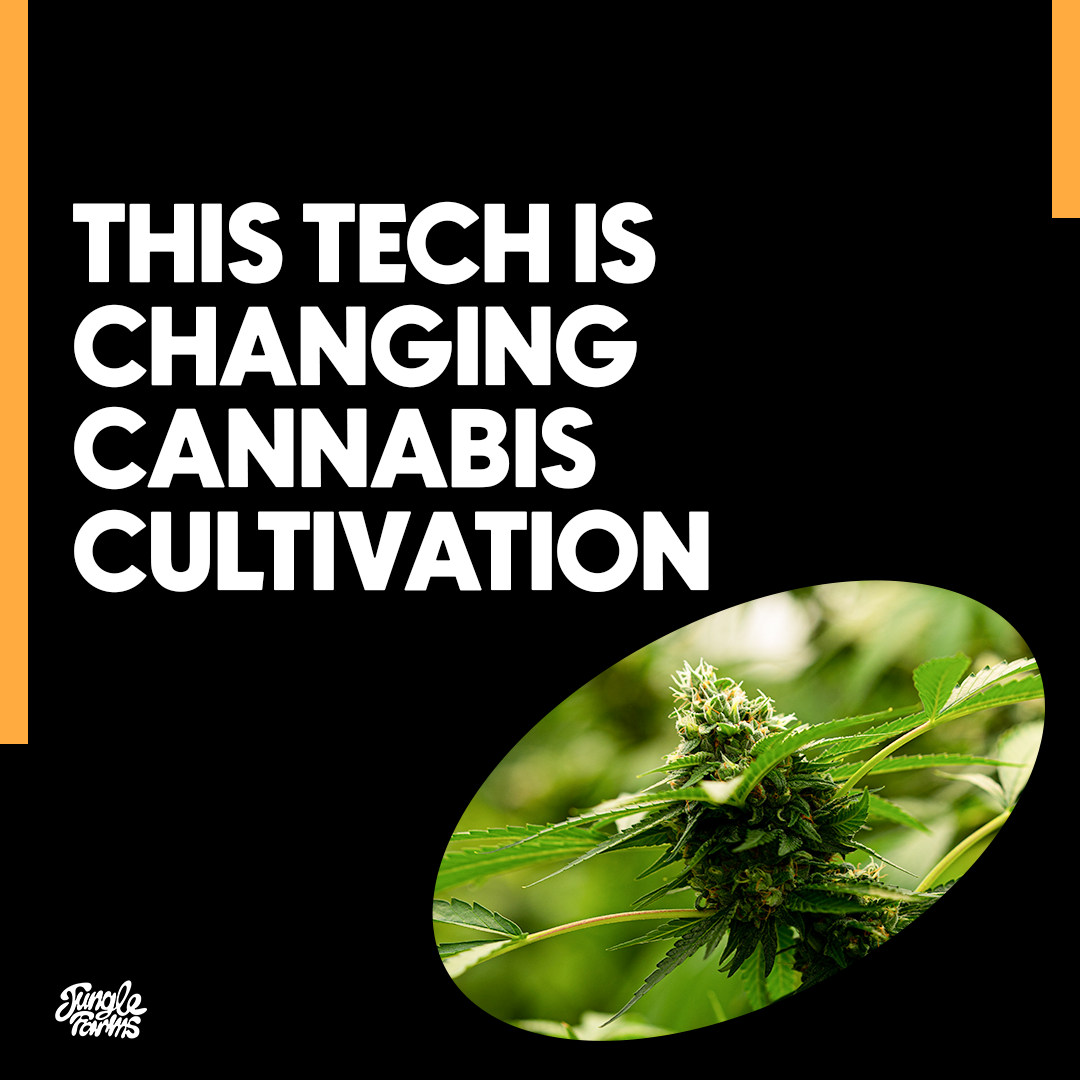Greenhouse cultivation provides several advantages over traditional outdoor or indoor methods, including year-round growing, controlled environmental conditions, and enhanced pest and disease control. But it is the integration of advanced technology that has truly revolutionized the way we cultivate cannabis in greenhouses. From automation and AI-powered optimization to innovative irrigation and lighting systems, technology is transforming the way we grow cannabis and improving the overall quality and yield of our crops.
In this article, we will explore the latest technology trends and innovations in greenhouse cannabis cultivation, as well as their advantages and challenges. We will also discuss the future of technology in the industry and its potential impact on consumer experience. So, sit back, relax, and join me on this journey as we discover the exciting world of technology in greenhouse cannabis cultivation.
Technology trends in greenhouse cannabis cultivation
As the cannabis industry continues to evolve, the integration of technology into greenhouse cultivation has become a game-changer. Let’s take a closer look at some of the top technology trends that are shaping the future of greenhouse cannabis cultivation at Jungle Farms in Phuket, Thailand.
Firstly, automation and remote monitoring systems have become increasingly popular in greenhouse cannabis cultivation. These systems allow growers to control various aspects of the greenhouse environment, such as temperature, humidity, and lighting, from a remote location. This not only reduces labor costs but also enables growers to monitor and optimize plant growth and cultivation conditions in real-time.
Secondly, AI-powered optimization is also becoming a trend in greenhouse cannabis cultivation. By using sophisticated algorithms and data analysis, growers can adjust environmental conditions to optimize plant growth and increase yields. AI can also help detect and prevent issues such as nutrient deficiencies, pests, and diseases.
Thirdly, advanced LED lighting technology has become a crucial component in greenhouse cannabis cultivation. LED lights provide the full spectrum of light required for optimal plant growth, as well as energy efficiency, which reduces costs and promotes sustainable cultivation practices.
Lastly, innovative irrigation and fertigation systems are being developed to optimize water and nutrient usage. These systems provide precise amounts of water and nutrients directly to the plants’ root zone, improving efficiency and reducing waste.
Advantages and challenges of technology integration in greenhouse cannabis cultivation
While technology integration in greenhouse cannabis cultivation offers several benefits, there are also some challenges that growers must consider. In this section, we will examine the advantages and challenges of technology integration at Jungle Farms in Phuket, Thailand.
One of the biggest advantages of technology integration in greenhouse cannabis cultivation is increased efficiency and yield. Automation and remote monitoring systems, AI-powered optimization, advanced LED lighting, and innovative irrigation and fertigation systems all work together to create an optimal growing environment that promotes plant growth and increases yield.
In addition to increased yield, technology integration can also enhance the quality and consistency of the cannabis products. By controlling environmental conditions, growers can ensure that each plant receives the same amount of light, water, and nutrients, resulting in consistent plant growth and high-quality cannabis products.
Cost-effectiveness and return on investment (ROI) are also important advantages of technology integration in greenhouse cannabis cultivation. Advanced technologies can reduce labor costs, improve resource utilization, and increase yields, all of which can improve the bottom line.
However, there are also regulatory challenges and compliance issues that growers must navigate when integrating technology into their cultivation practices. Local and national regulations may require specific environmental and safety standards, which can impact the design and implementation of technology systems in the greenhouse.
Furthermore, compliance with cannabis-specific regulations, such as testing and labeling requirements, can also pose challenges for growers. It is crucial to ensure that all technology systems are designed and implemented in compliance with regulations to avoid any legal issues.
Conclusion
Technology integration plays a crucial role in greenhouse cannabis cultivation and has the potential to revolutionize the industry. From automation and remote monitoring systems to advanced LED lighting and innovative irrigation and fertigation systems, technological advancements have significantly improved efficiency, yield, quality, and consistency in cannabis cultivation.
At Jungle Farms in Phuket, Thailand, we recognize the importance of staying up-to-date with technological trends and integrating them into our cultivation practices. We prioritize innovation and compliance to produce high-quality cannabis products while maximizing efficiency and profitability.
As the cannabis industry continues to grow and evolve, it is essential for industry professionals to embrace technology and its many benefits. By staying up-to-date with technological advancements, growers can improve yields, reduce costs, and produce high-quality cannabis products while ensuring compliance with regulatory requirements.
In light of this, we encourage all industry professionals to embrace technology and its potential for a sustainable and successful future. By working together and embracing innovation, we can drive the cannabis industry forward while improving efficiency, sustainability, and profitability.

